The year 2025 is fast becoming one of the most tragic and traumatic periods in recent memory for India. In just the first six months, the country has been rocked by a series of catastrophic events, ranging from mass stampedes and industrial accidents to terrorist attacks and a deadly aviation disaster. These tragedies have not only claimed hundreds of lives but have also triggered nationwide concerns about safety, infrastructure, and national preparedness.
Here’s a detailed account of the six major disasters that have left the nation in mourning from January to June 2025:
1. Kumbh Mela Stampede in Prayagraj (January 29): During the ongoing Mahakumbh Mela in Prayagraj, tragedy struck on Mauni Amavasya, the most auspicious bathing day. As millions thronged the Sangam ghat, a sudden crowd surge led to a deadly stampede, killing 37 devotees and injuring over 60 others. The stampede occurred during Brahma Bela, the sacred window for a holy dip. With over 660 million pilgrims attending the event over its duration, the sheer scale overwhelmed crowd control systems, exposing significant gaps in planning and public safety.
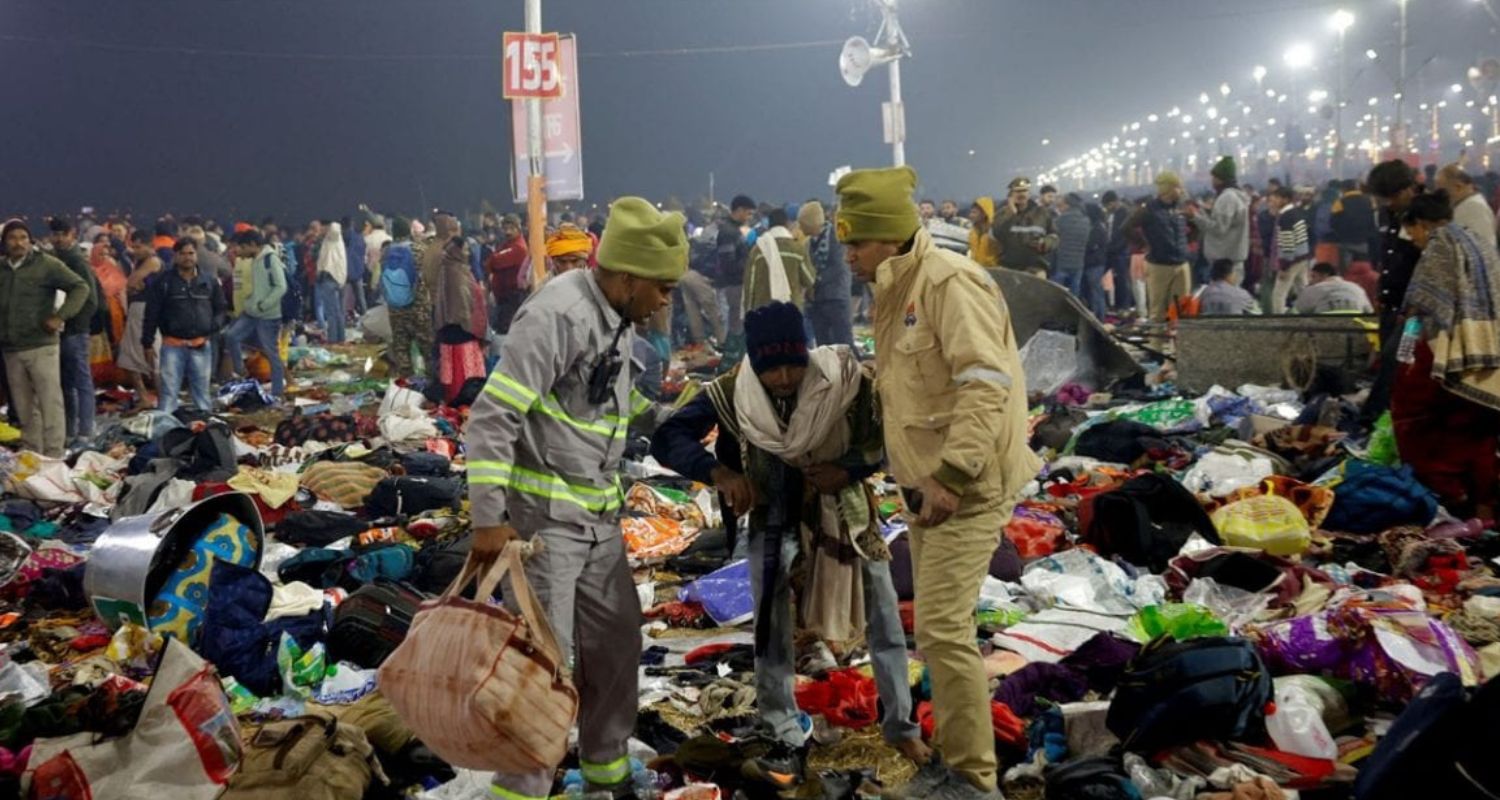
2. Delhi Railway Station Stampede & Prayagraj SUV Collision (February 15): On the same day, two separate tragedies struck. At Delhi Railway Station, another stampede claimed the lives of 18 pilgrims traveling to the Kumbh Mela—among them were 14 women and three children. Panic spread after a false alarm triggered chaos on a crowded platform.
Meanwhile, in Prayagraj, a speeding SUV carrying 10 Kumbh-bound pilgrims collided head-on with a bus. The impact was fatal—all passengers in the SUV were killed instantly, further adding to the somber toll.
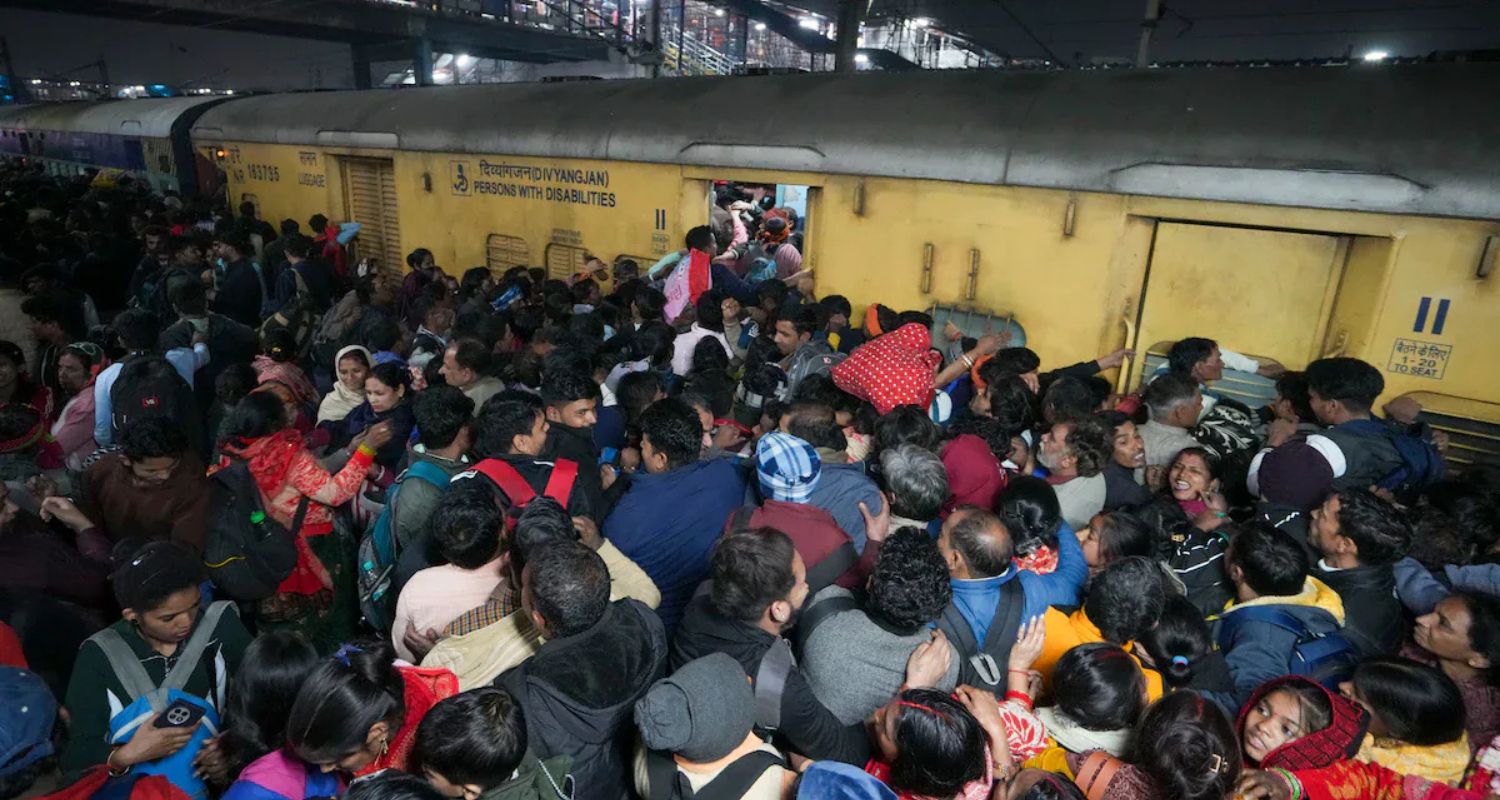
3. Gujarat Factory Fire from Boiler Blast (April 1): A boiler explosion at a firecracker factory in Disha, Banaskantha district, Gujarat, ignited a massive blaze that engulfed the entire unit. Seventeen workers were trapped and killed as flames spread rapidly, leaving no time for escape. The incident underscored critical lapses in industrial safety protocols and drew sharp criticism of regulatory oversight in hazardous manufacturing units.
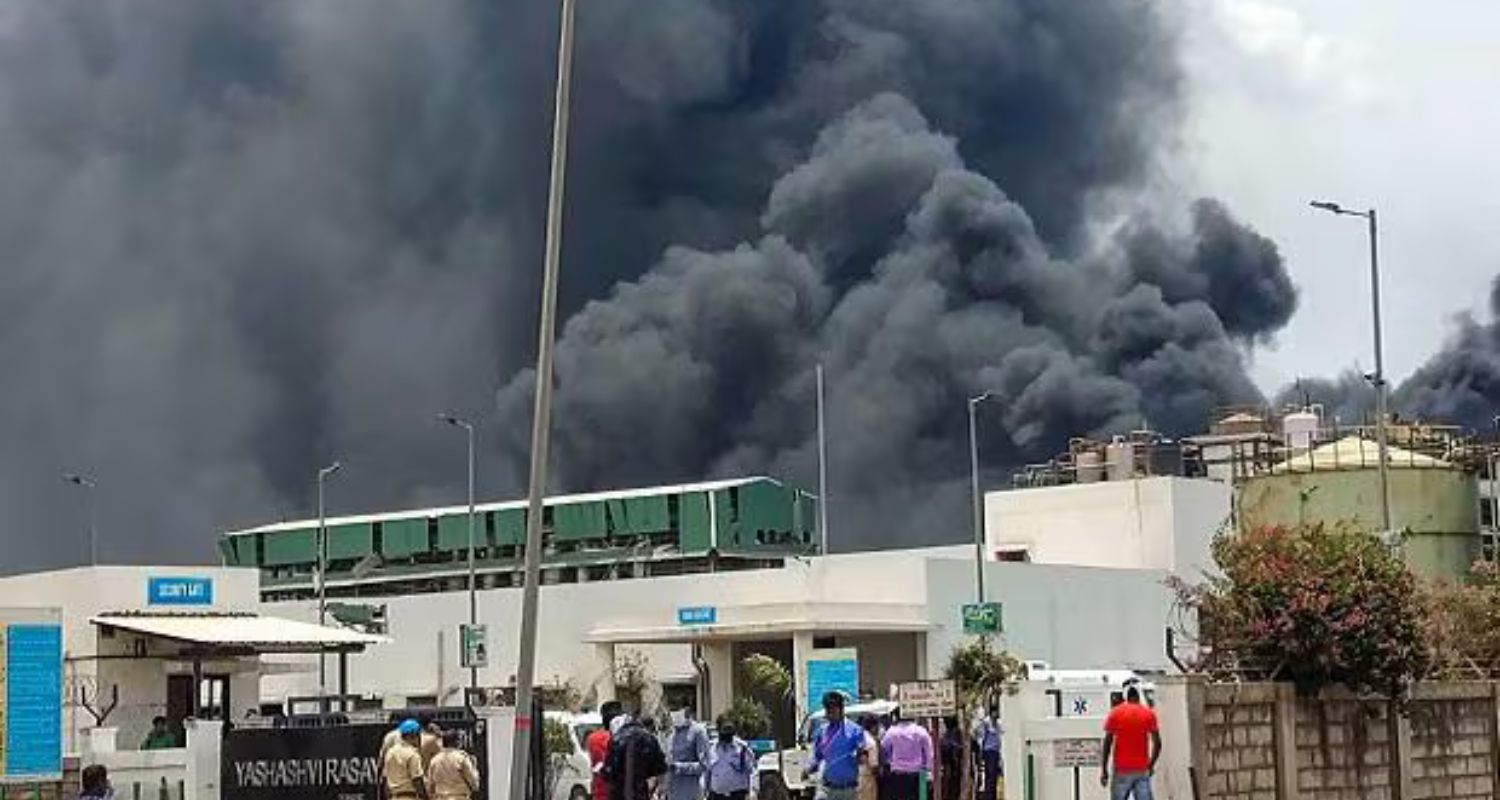
4. Terror Attack in Pahalgam, Jammu & Kashmir (April 22): In a gruesome act of terrorism, armed Pakistani militants ambushed a group of Hindu tourists in the Baisaran Valley near Pahalgam, Jammu & Kashmir. The attackers demanded religious identification before opening fire on the group, killing multiple tourists, including a Christian man from Indore, and a local Muslim guide who tried to defend the victims. This triggered Operation Sindoor, an Indian military offensive that reportedly destroyed nine terrorist hideouts across the border.

5. IPL Celebration Stampede in Bengaluru (June 4): Just before the Royal Challengers Bangalore (RCB) victory celebration at Chinnaswamy Stadium, a deadly stampede broke out due to massive overcrowding and poor crowd management. Eleven people were killed and 47 others injured in the chaos outside the stadium gates. Fans had gathered in overwhelming numbers, and bottlenecks at the entrances created dangerous conditions that turned fatal.
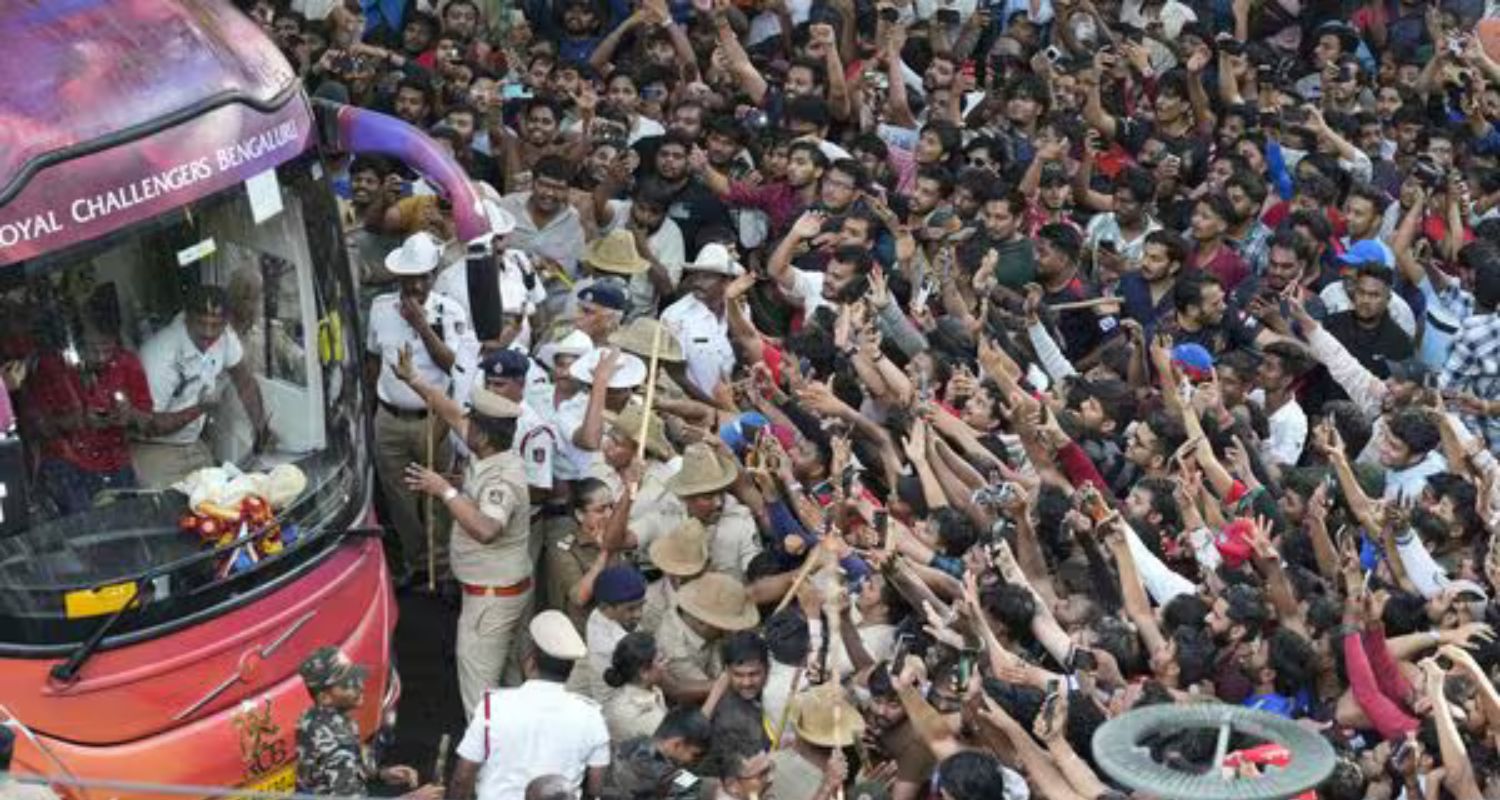
6. Catastrophic Air India Plane Crash in Ahmedabad (June 12): The deadliest tragedy so far occurred when an Air India passenger flight crashed while attempting to land in Ahmedabad around 1:38 pm. Out of 242 passengers, 241 lost their lives, and the total death toll rose to 275, including local residents near the crash site. The crash is being called one of the worst aviation disasters in Indian history, prompting nationwide mourning and a full-scale investigation by aviation safety authorities.
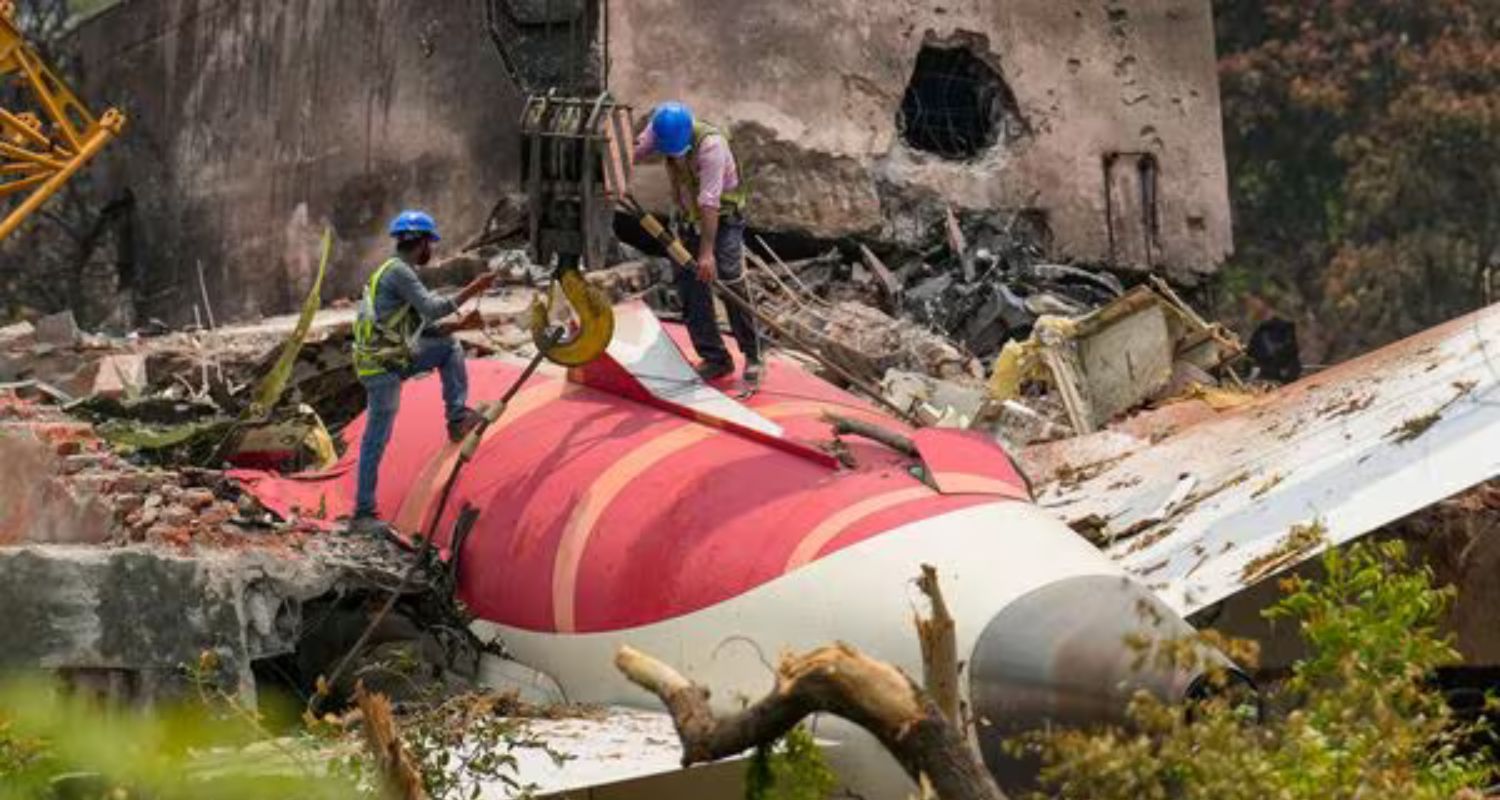
Nation in grief, a year of uncertainty
As India reels from a cascade of tragedies, questions are being raised about infrastructure readiness, emergency response systems, and the ability of both state and central authorities to anticipate and manage large-scale public events and threats.
While citizens mourn the lives lost, the looming question remains: What lies ahead for the rest of 2025? With the monsoon approaching, fears of further natural disasters and climate-linked calamities add to the already growing anxiety.
Also Read: Steve Scheibner revises Air India crash theory, blames engine







